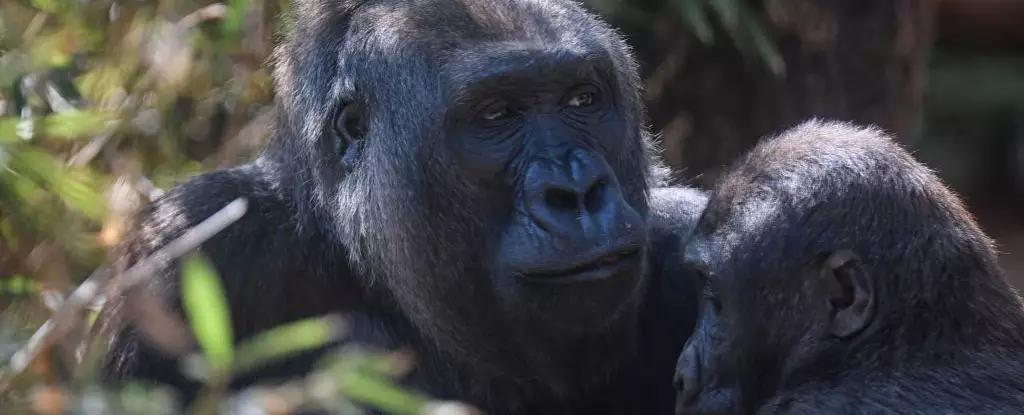A recent study reveals a concerning trend regarding the transmission of SARS-CoV-2, the virus responsible for COVID-19, from humans to animals. Researchers at the Federal University of Minas Gerais in Brazil discovered that out of 47 animals tested at a local zoo, nine were positive for the virus. This prompts a broader discussion about the relationship between human activity and wildlife health, particularly in controlled environments such as zoos, where human-animal interactions are inevitable.
The study emphasizes the unique epidemiological environment of zoos. Due to their nature, zoos house various species that are often in close proximity, creating optimal conditions for the transmission of pathogens. This issue is exacerbated by the intimate relationships between animal caregivers and the animals themselves, raising critical questions about biosecurity measures in such public facilities.
The study covered a testing period from November 2021 to March 2023, during which the researchers discovered significant infections among different species at the Belo Horizonte Zoo. Viral genetic analysis revealed that specific animals, including a maned wolf and a fallow deer, were infected with the Alpha variant, while a western lowland gorilla tested positive for the Omicron strain. This data suggests that the virus is evolving and possibly adapting to new hosts, an alarming prospect for both the animals involved and their wild counterparts.
Moreover, the point of entry for SARS-CoV-2 into these animals likely stemmed from human caretakers, particularly noted in the context of the zoo’s reopening to the public in February 2022. Increased public interaction would naturally raise the risk of disease transmission and highlights the challenges zoos face in maintaining a healthy environment for both their animals and the visitors.
Ongoing surveillance in zoological settings is vital. The findings contribute to a growing body of evidence showing that SARS-CoV-2 is not only a threat to human health but also poses serious risks to animal populations, especially those in conservation programs. The western lowland gorilla, for instance, is critically endangered and highly susceptible to the virus. Such vulnerabilities underline the importance of rapid detection and intervention strategies in zoos to prevent disease outbreaks that could lead to catastrophic declines in animal populations.
This situation presents a dual challenge: protecting endangered species while also safeguarding the broader ecosystem from the potential ramifications of viral evolution. The implications of cross-species transmission extend beyond the immediate health risks to animals; they include environmental impacts, the restoration of natural wildlife habitats, and the long-term viability of species facing extinction.
Implications for Conservation Efforts
Efforts in animal conservation are increasingly complicated by emerging pathogens like SARS-CoV-2. Zoos play a crucial role in the conservation of various species, many of which are on the brink of extinction due to habitat loss, poaching, and now, emerging zoonotic diseases. Detecting infections early not only aids in tailoring appropriate responses but also equips conservationists with insights on how to mitigate risks associated with zoonotic transmissions.
As this study suggests, the risk of viral spillover continues to grow as humans encroach on wildlife territories and interact more frequently with diverse animal species. Thus, it is imperative to reconsider and reinforce biosecurity protocols in zoos, ensuring that they not only protect the health of the animals in their care but also help in safeguarding the integrity of wildlife populations globally.
The discovery of SARS-CoV-2 in zoo animals is not merely a reminder of the ongoing pandemic; it serves as a clarion call to engage more deeply with the complexities of animal health, human interaction, and the potential consequences of our activities on the natural world. As we adapt to new realities in the wake of COVID-19, prioritizing health surveillance, biosecurity, and conservation efforts will remain more crucial than ever. Addressing these issues holistically can help ensure that both human and animal populations can thrive in a rapidly changing world.


Leave a Reply